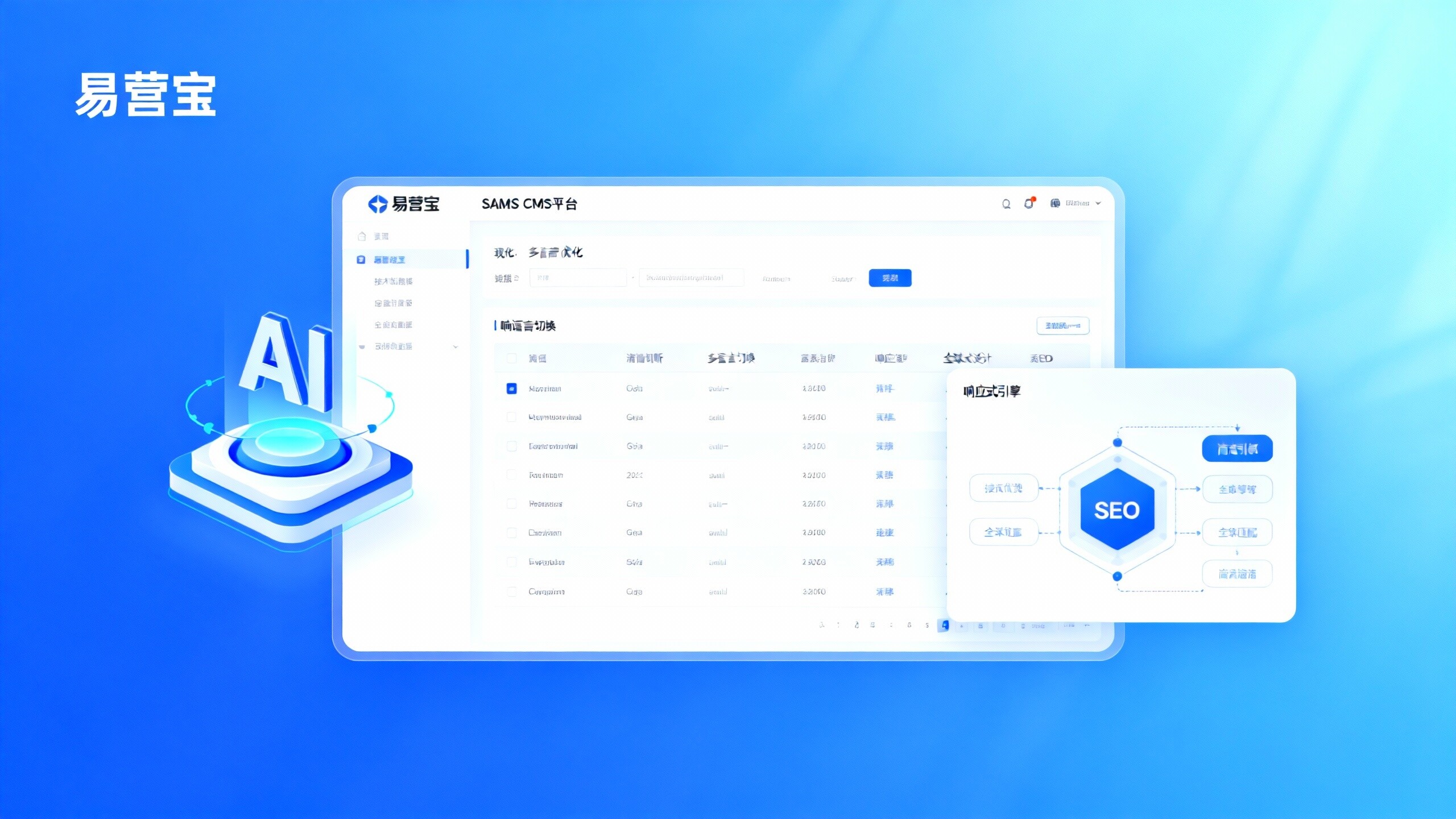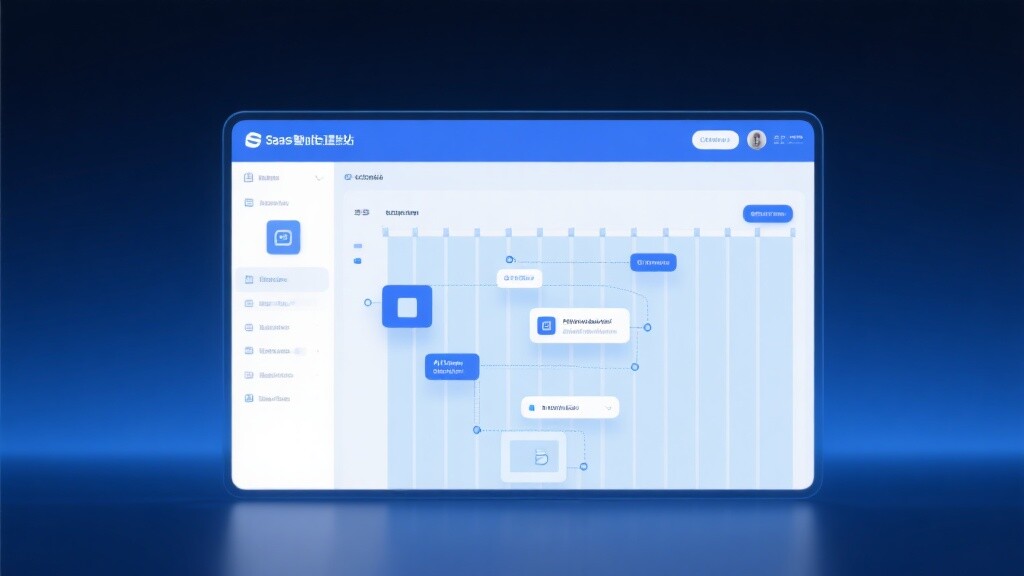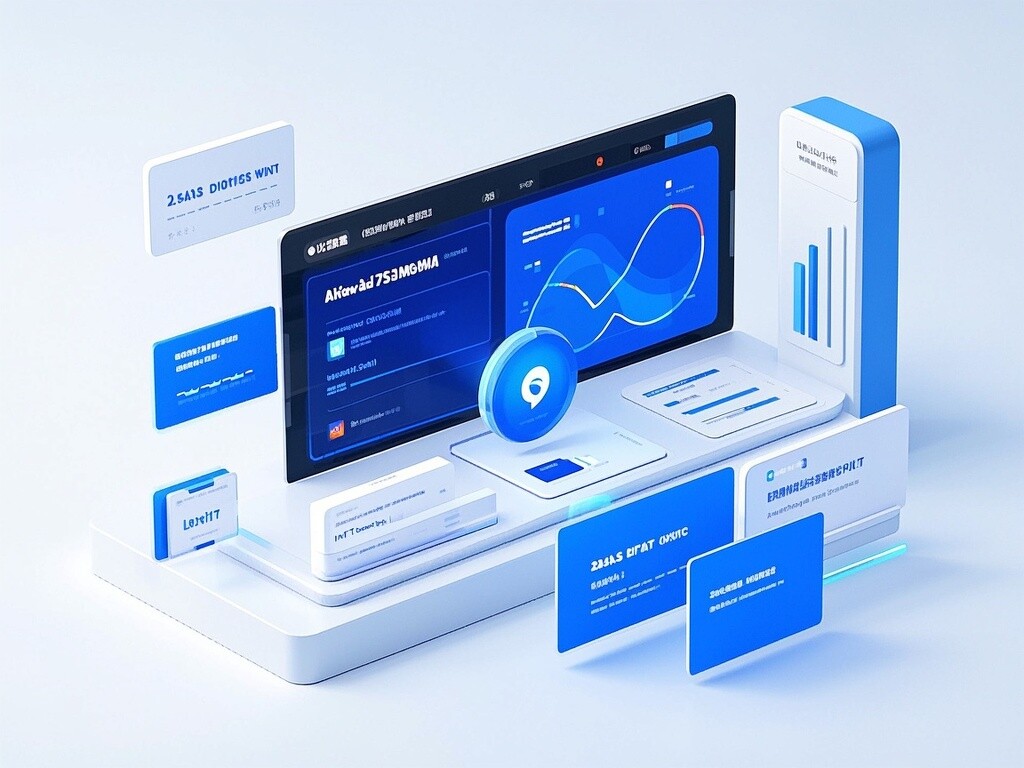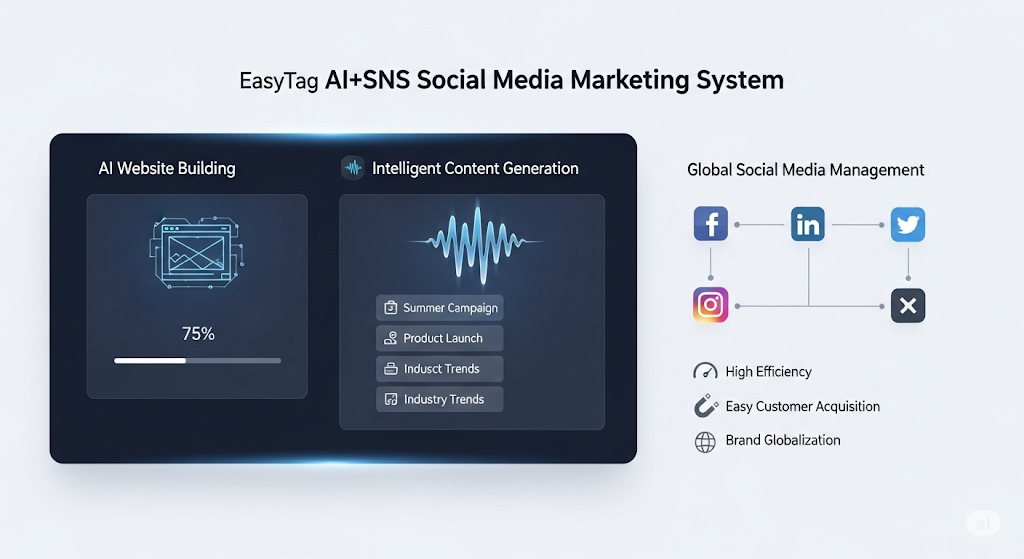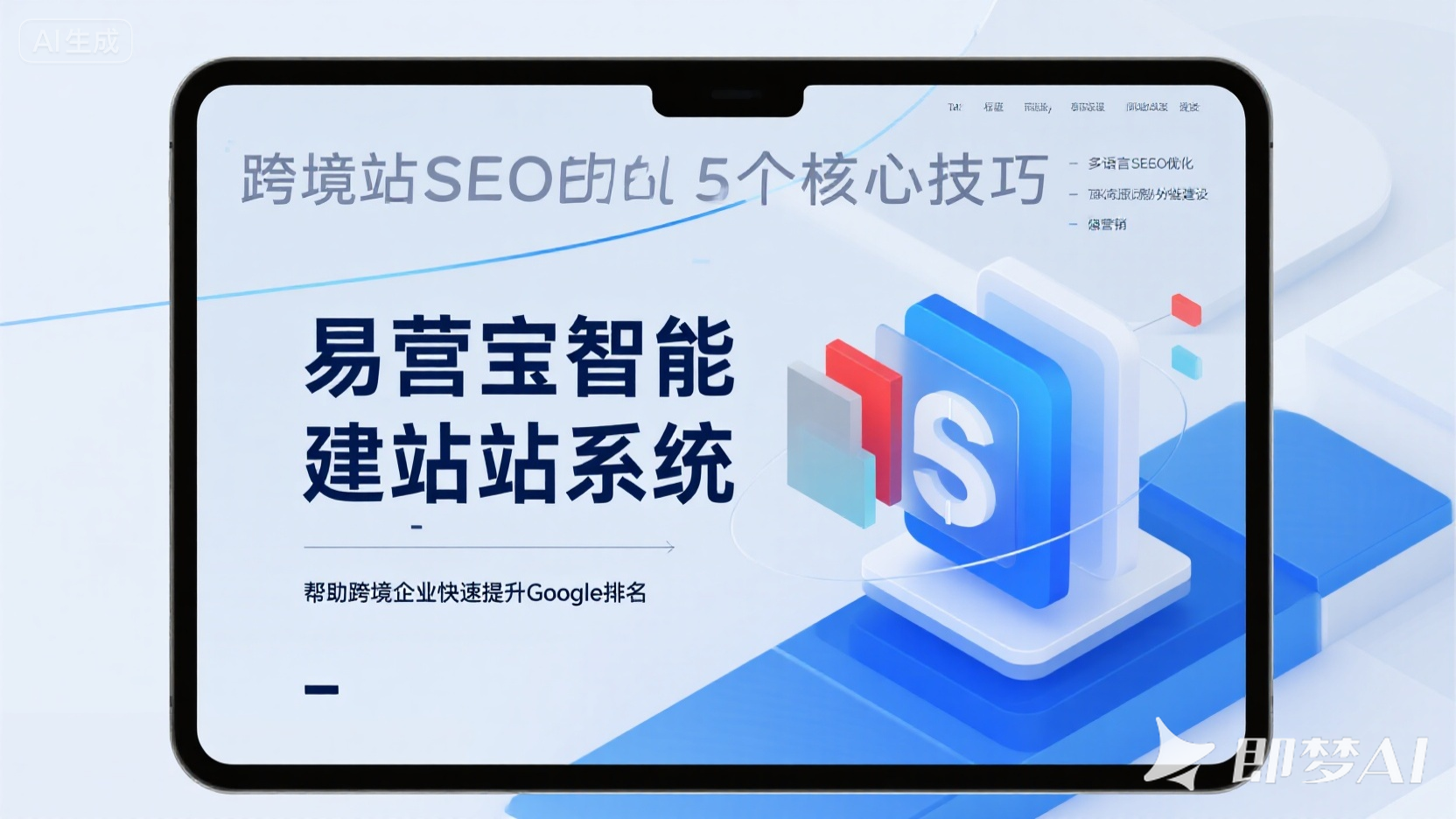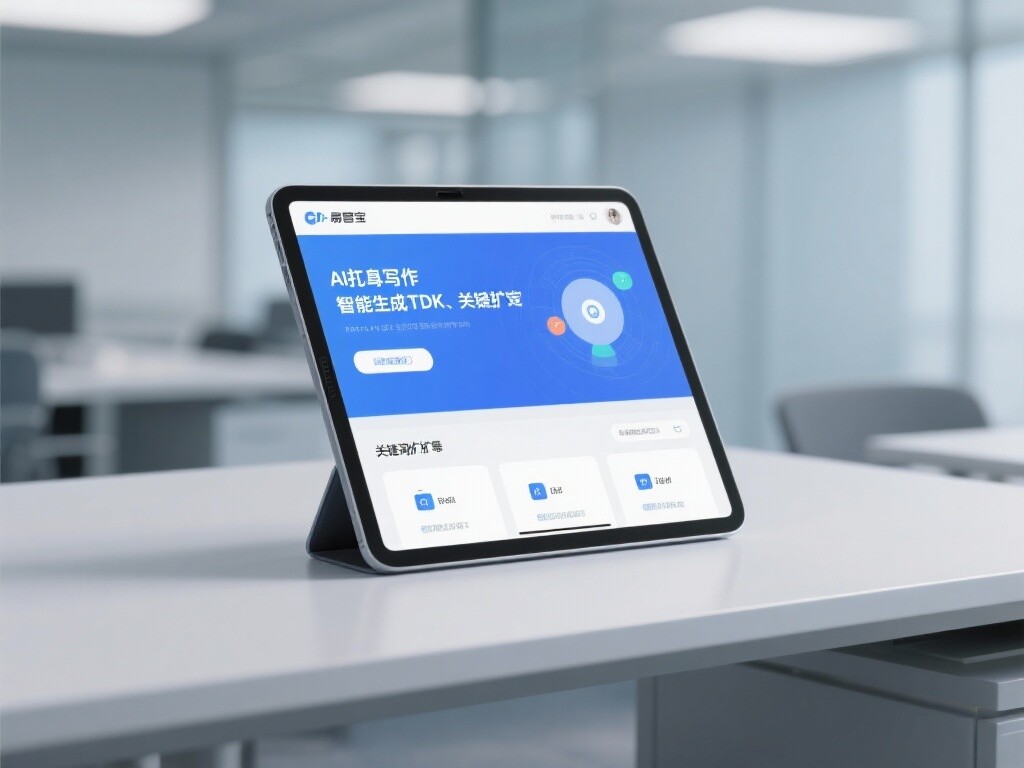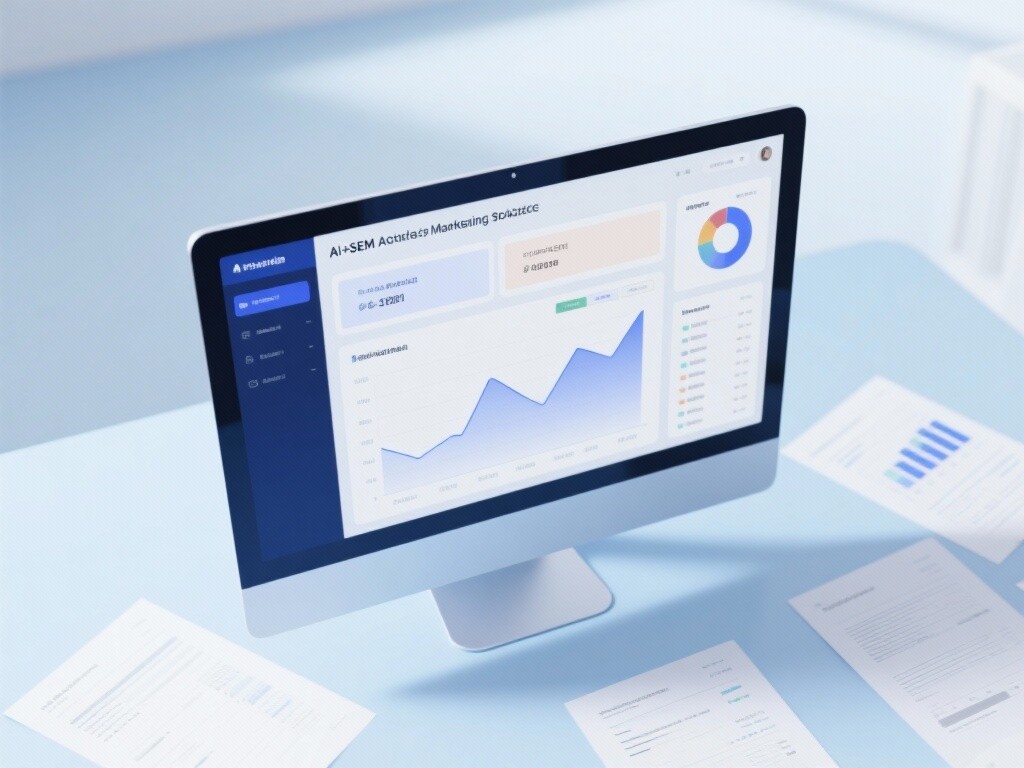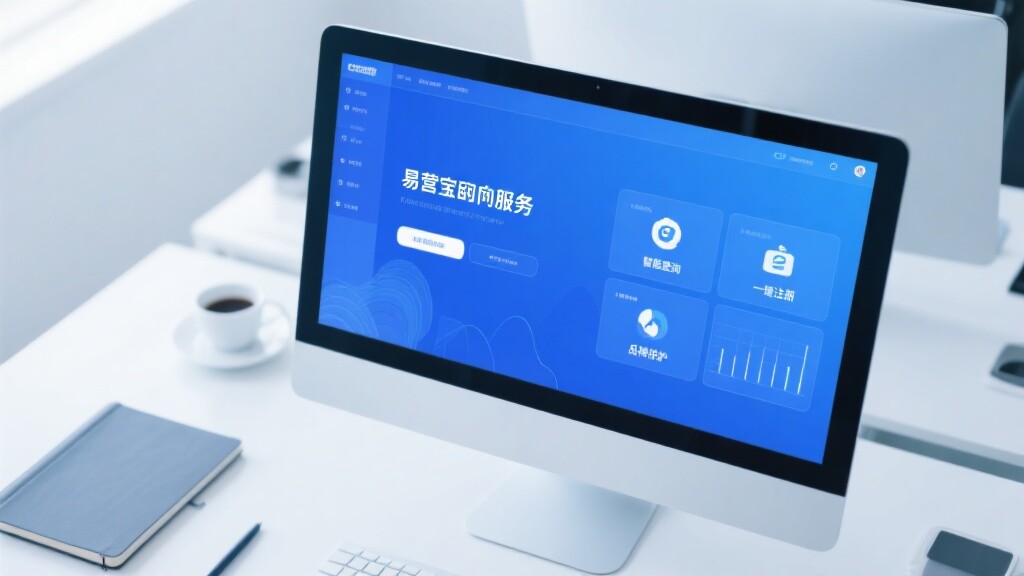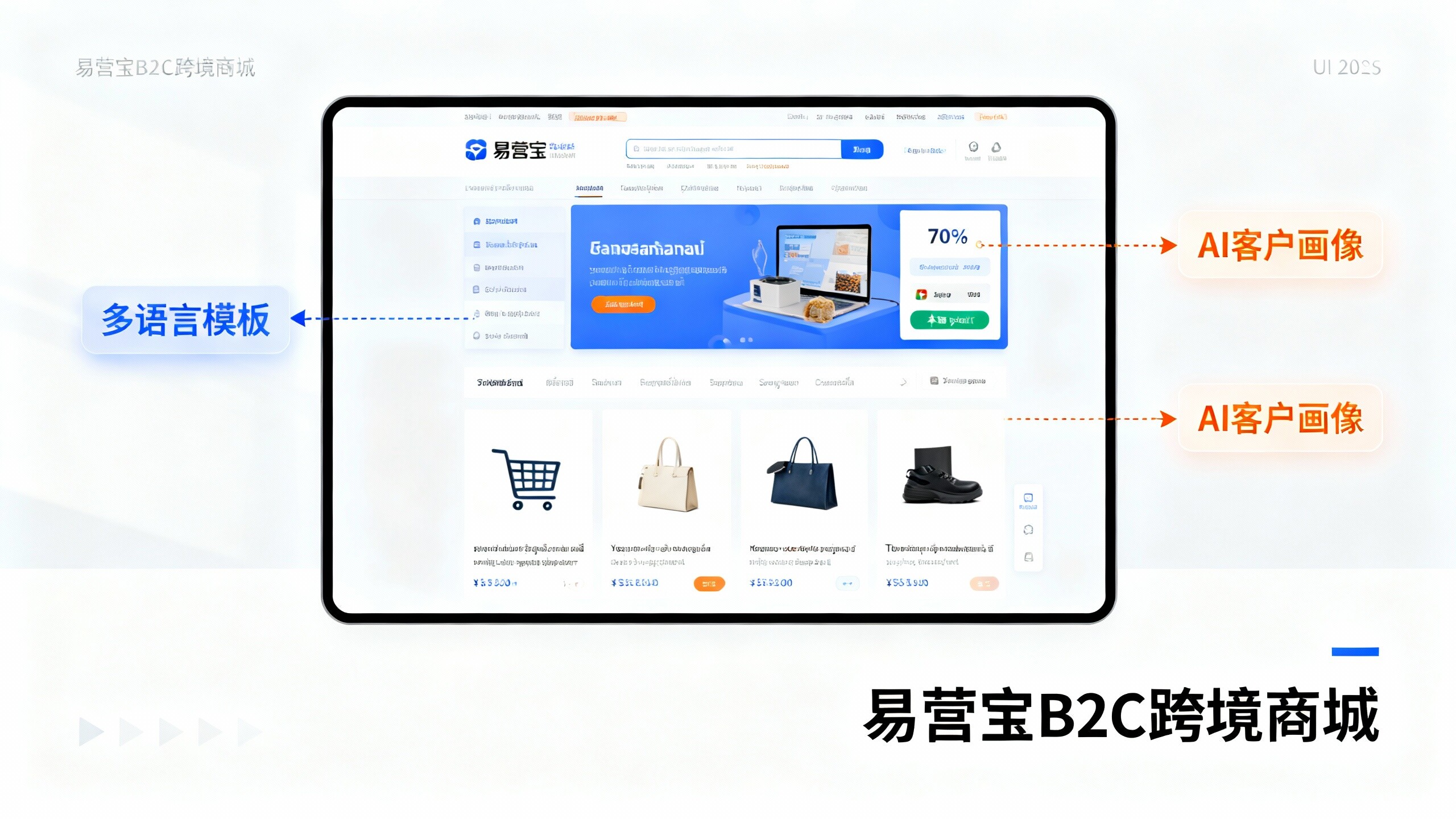- Enterprise SaaS Website Platform Comparison: Eyingbao vs Traditional Website Solutions2025-12-12View Details
- 2024 Smart Website Industry Analysis: Enterprise Service SaaS Report Interpretation2025-12-12View Details
- Eyingbao SaaS CMS Platform vs. Competitors: Which is More Suitable for Foreign Trade Enterprises to Build Websites?2025-12-12View Details
- Website platform user research: What are the top 3 core needs that businesses are most concerned about?2025-12-12View Details
- How to Choose a Schema-Ready Website Builder in 2024? 5 Key Factors Analyzed2025-12-12View Details
- Cross-border SaaS Website Builder Selection: 5 Key Technical Parameters Project Managers Must Consider2025-12-12View Details
- International Digital Marketing Trends: How Can a Multilingual Website System Boost Conversion Rates?2025-12-12View Details
- 2024 Smart Website Market Report: Multilingual Foreign Trade Website System Growth Exceeds 60%2025-12-12View Details
"An in-depth look at targeted keywords: concepts, selection and optimization"
Target keyword details

1. The concept of target keywords:
Target keywords, or main keywords, refer to the core words or phrases that a website wants to optimize for. These words are usually closely related to the theme, main services or products of the website. The purpose of optimizing target keywords is to get a better ranking in search engines and thus attract more potential customers.
2. Target keyword position:
In search engine optimization (SEO), target keywords play a very important role. They are the core of SEO strategy and are used to guide website content, structure and other optimization work. Correctly selecting and optimizing target keywords can significantly increase website exposure and traffic.
3. Target keyword composition:
Target keywords usually consist of 2-4 words that accurately describe the website's theme or main services. For example, the target keywords for an e-commerce website might be "online shopping" or "discounted products."
4. How to layout target keywords:
Home page: Place your target keywords in the title, description, header, and body of your home page. Make sure they appear naturally in the content and avoid over-optimization.
Inner pages : Distribute the target keywords or their variations into the titles, descriptions, and body of the inner pages. This helps search engines understand the relationship between the inner pages and the home page and improves overall rankings.
Links: Use your target keywords in the anchor text of internal and external links. This helps search engines understand the relevance of the link and improves the link weight.
5. How to choose target keywords:
Relevance: Choose keywords that are closely related to your website’s theme, services, or products.
Search volume : Choose keywords with a certain search volume to ensure that there are enough potential customers.
Competition level: Analyze your competitors’ keywords and choose those that are likely to rank well.
Long-tail keywords: Consider using long-tail keywords, which have lower search volumes but are less competitive and more specific, making them more appealing to potential customers.
6. What is keyword density?
Keyword density refers to the ratio of the frequency of target keywords to the total number of words in a page or article. For example, if a page has 100 words and the target keyword appears 5 times, the keyword density of the page is 5%. However, excessive pursuit of keyword density may lead to reduced content quality and search engine penalties. Therefore, it is recommended to keep the keyword density within a reasonable range (usually 2%-5%) and ensure that the content flows naturally.
7. How to distribute keywords to the company’s official website?
Home page: Place your target keywords in the title tag, meta description, H1 tag, and body copy of your home page. Make sure they appear naturally in the content and avoid over-optimization.
Product/Service Pages: Create a dedicated page for each product or service and use relevant target keywords in the title, description, and body copy.
About Us/Contact Us Pages: Use targeted keywords on these pages to describe your company’s history, mission, and contact information.
Blog/News Pages: Increase the amount of content on your site by publishing blog posts or press releases related to your target keywords. Use your target keywords or variations of them naturally in these posts.
Image Alt Tags: Add Alt tags to the images on your website and use your target keywords in them. This helps search engines understand the content of the image and improve your website's ranking.
Internal Linking: When creating links within your website, use anchor text that includes your target keywords. This helps search engines understand the relationship between different pages and improves overall rankings.
8. How to use it flexibly when writing articles?
Natural integration: When writing articles, make sure that the target keywords are naturally integrated into the content, and do not force them in or repeat them.
Use synonyms and variations: Consider using synonyms and variations related to your target keywords to add richness and relevance to your content.
Focus on semantic search: Modern search engines pay more attention to semantic search, so it is also very important to provide valuable information and context related to the target keywords in the article.
Monitor keyword density : When writing your article, monitor keyword density to ensure it stays within a reasonable range. If the density is too high, try to reduce it through editing and rewriting.
Optimize meta descriptions and titles: Create attractive titles and meta descriptions for each article and include your target keyword or its variation in it. This helps attract users to click and increase click-through rate (CTR).
Related articles
Related products



